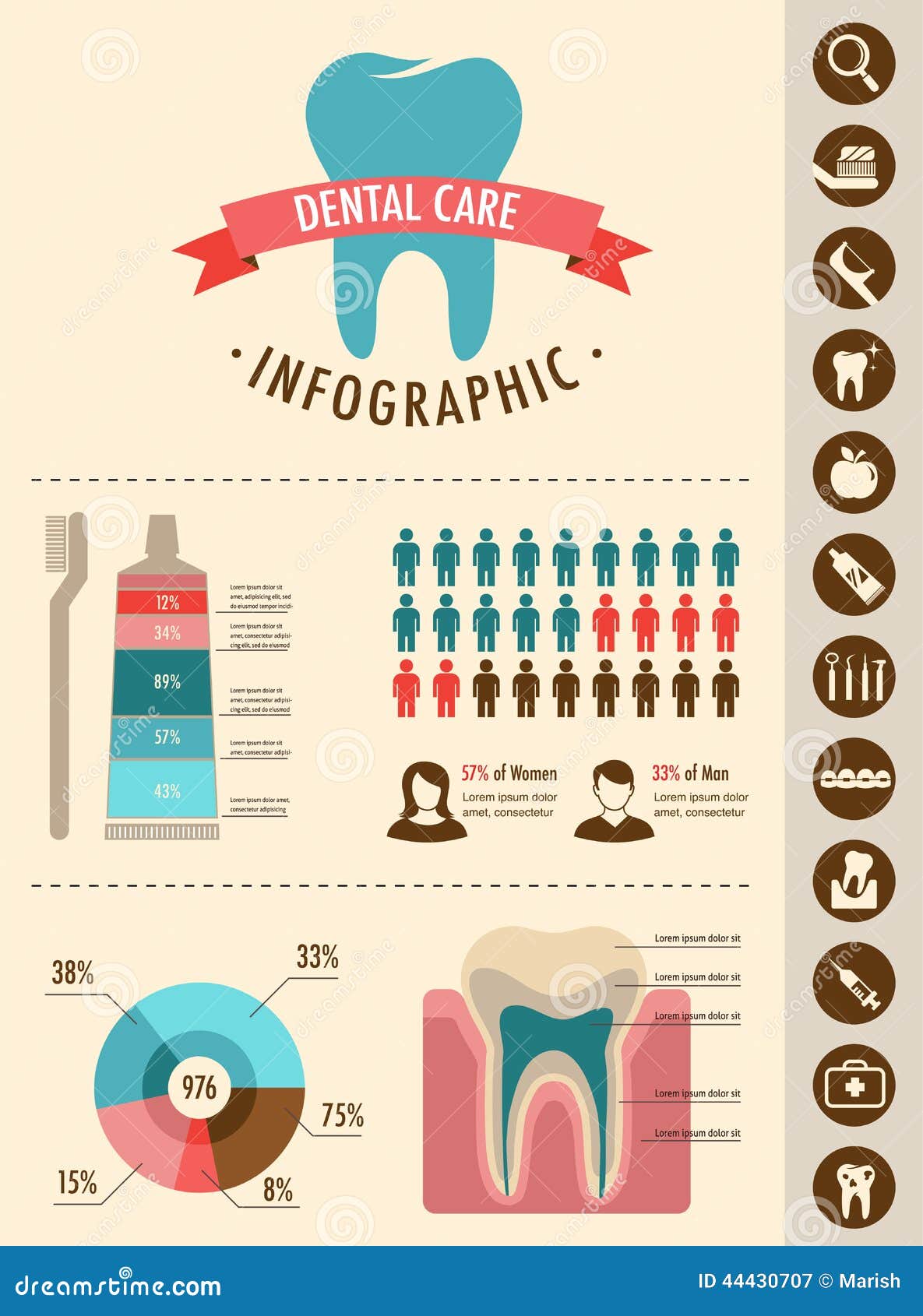The Progression Of Oral Surgery: Cutting-Edge Innovations And Advancements Affecting The Field
The Progression Of Oral Surgery: Cutting-Edge Innovations And Advancements Affecting The Field
Blog Article
Web Content Writer-Bendixen Maloney
Invite to the globe of dental surgery, where developments and developments are forming the future of the field! In this interesting world, you'll witness the transformative power of robotics, the sophisticated marvel of 3D printing, and the game-changing impact of minimally invasive strategies.
The future of oral surgery holds a promise of accuracy, efficiency, and boosted client results. With the help of sophisticated robotics, specialists are able to execute complicated procedures with better accuracy and control.
3D printing innovation is transforming the creation of dental implants and prosthetics, offering personalized solutions that fit perfectly into each person's distinct anatomy.
Additionally, minimally intrusive methods are lowering post-operative pain and recovery time, allowing individuals to go back to their day-to-days live sooner.
Get ready to check out the exciting technologies and advances that are improving the landscape of oral surgery!
Advancements in Robotics
One major improvement in dental surgery is the use of robot technology, which permits exact and effective surgeries. With the help of robotic systems, oral surgeons have the ability to execute complex surgeries with improved accuracy, decreasing the risk of human error.
These robotic systems are outfitted with advanced imaging modern technology and precise instruments that make it possible for specialists to navigate via detailed anatomical structures effortlessly. By making use of robotic innovation, surgeons can achieve higher surgical precision, resulting in enhanced patient outcomes and faster healing times.
Furthermore, making use of robotics in oral surgery enables minimally intrusive treatments, minimizing the injury to bordering cells and promoting faster recovery.
3D Printing in Oral Surgery
To improve the field of oral surgery, you can explore the subtopic of 3D printing in oral surgery. This ingenious technology has the possible to transform the method oral surgeons operate and deal with patients. https://www.phillyvoice.com/wisdom-teeth-extraction-taste-buds-penn-medicine/ are 4 essential ways in which 3D printing is shaping the area:
- ** Personalized Surgical Guides **: 3D printing allows for the creation of very precise and patient-specific surgical guides, improving the accuracy and performance of procedures.
- ** Implant Prosthetics **: With 3D printing, oral surgeons can develop personalized dental implant prosthetics that flawlessly fit a person's one-of-a-kind makeup, leading to much better end results and person satisfaction.
- ** Bone Grafting **: 3D printing makes it possible for the production of patient-specific bone grafts, minimizing the demand for standard grafting techniques and boosting healing and healing time.
- ** dental center austin and Training **: 3D printing can be made use of to develop realistic medical designs for instructional objectives, allowing dental surgeons to exercise complicated procedures before performing them on people.
With its possible to improve accuracy, modification, and training, 3D printing is an exciting development in the field of dental surgery.
Minimally Invasive Techniques
To better advance the field of oral surgery, welcome the possibility of minimally intrusive methods that can greatly benefit both doctors and clients alike.
Minimally intrusive techniques are changing the field by lowering medical trauma, minimizing post-operative discomfort, and increasing the recovery procedure. These techniques entail making use of smaller sized incisions and specialized instruments to do procedures with accuracy and efficiency.
By using innovative imaging innovation, such as cone beam of light computed tomography (CBCT), surgeons can properly intend and carry out surgical treatments with marginal invasiveness.
Additionally, the use of lasers in oral surgery permits specific cells cutting and coagulation, resulting in minimized blood loss and lowered recovery time.
With minimally intrusive methods, patients can experience quicker recovery, minimized scarring, and boosted end results, making it a vital aspect of the future of oral surgery.
Verdict
So, as you can see, the future of dental surgery is exceptionally appealing, with interesting advancements and advances forming the field.
From the innovations in robotics to using 3D printing and minimally intrusive methods, dental cosmetic surgeons are transforming the method they supply care.
While some might bother with the potential cost associated with these developments, it's important to bear in mind that these technologies inevitably improve patient outcomes and minimize healing time, making them well worth the financial investment over time.
